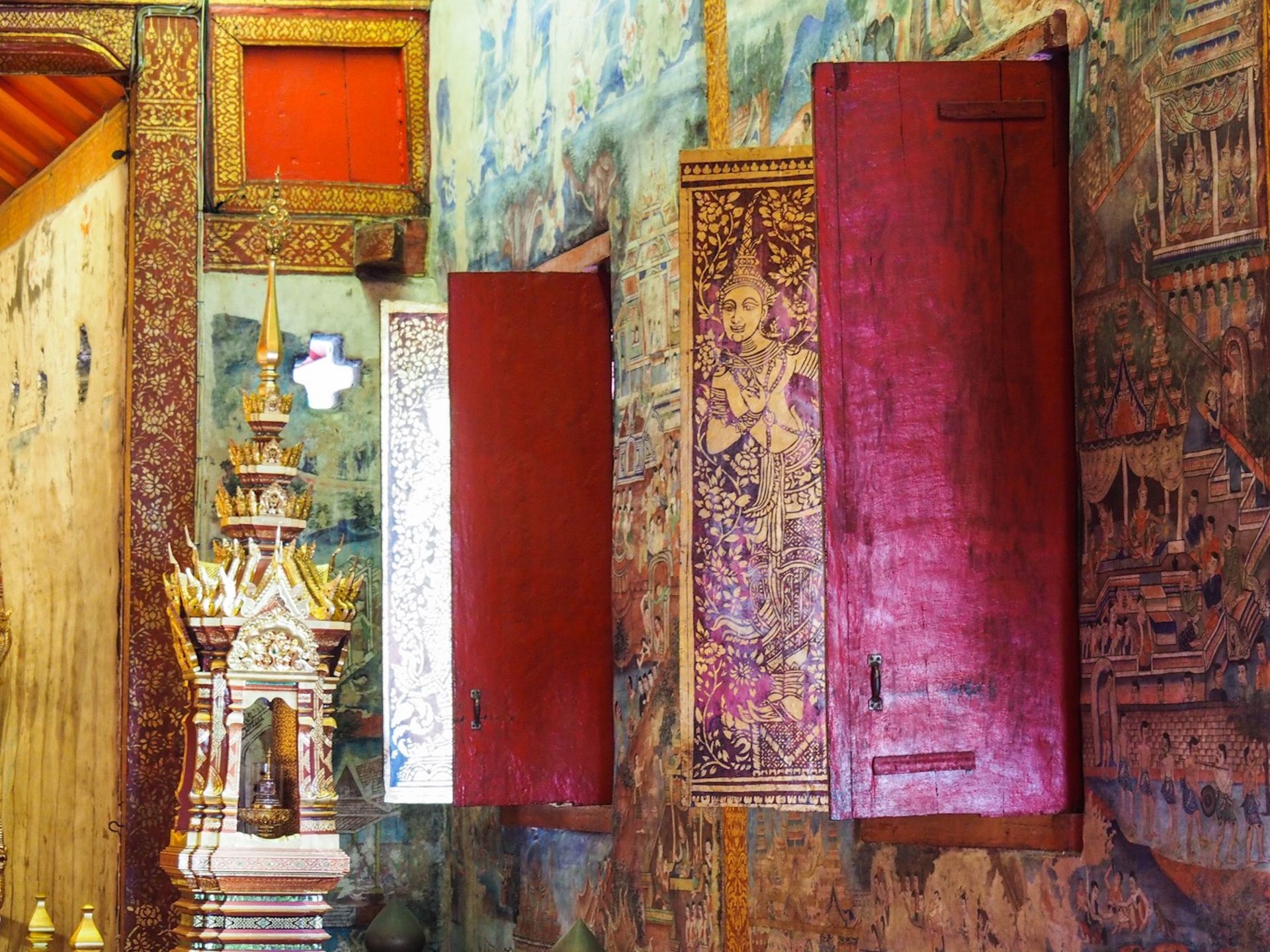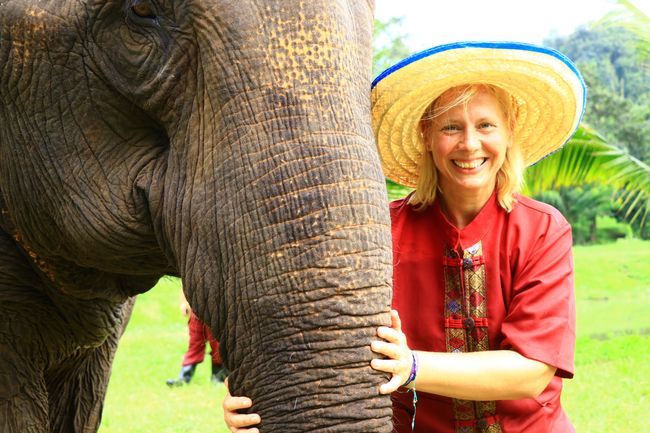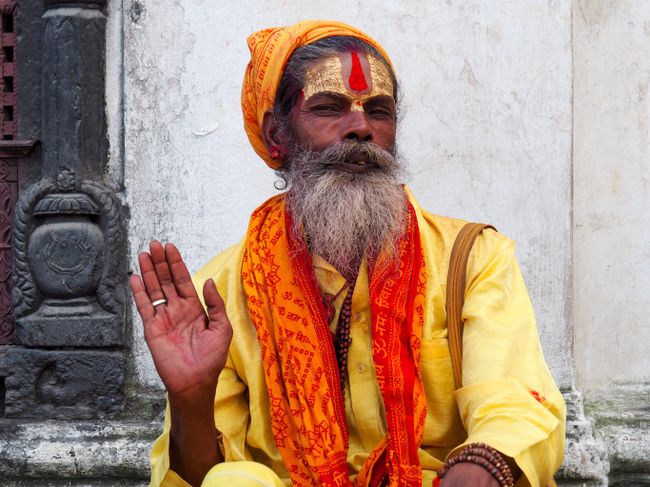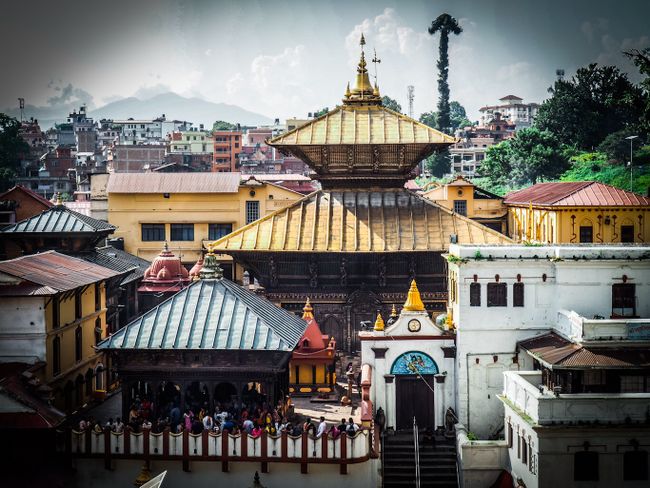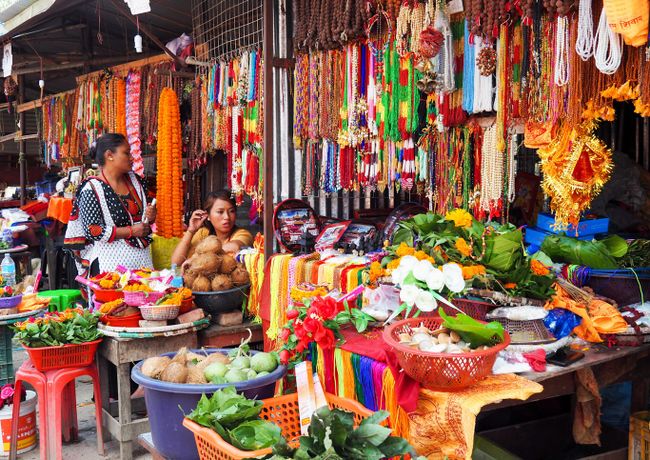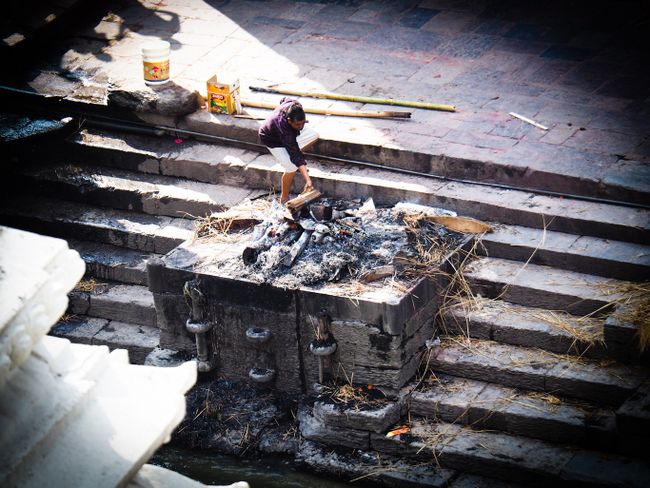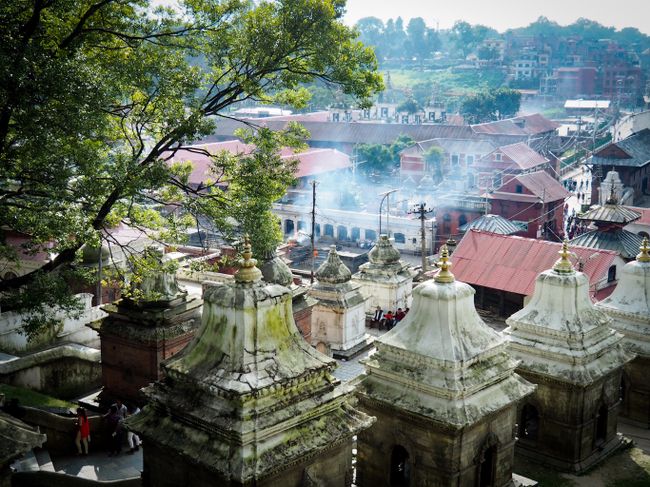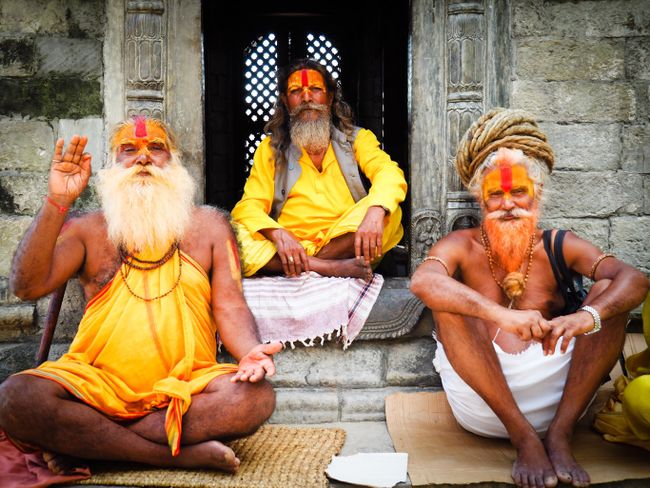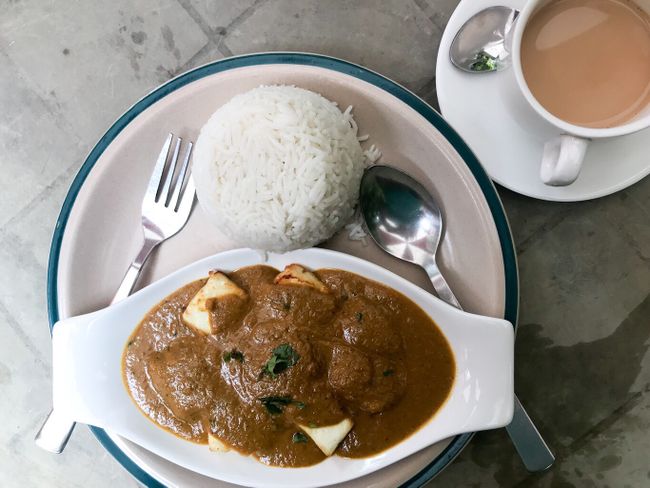Cremations in Pashupatinath
Გამოქვეყნდა: 16.10.2018
Გამოიწერეთ Newsletter
17/09/2018 If you only have a short window of time in Kathmandu, be sure to visit these three highlights: Durbar Square, Bodnath, and the cremations in Pashupatinath. This temple complex is located 4km east of Kathmandu on the banks of the Bagmati River. According to the guidebook, I can expect a flurry of countless pilgrims, temples, statues, and sadhus there.
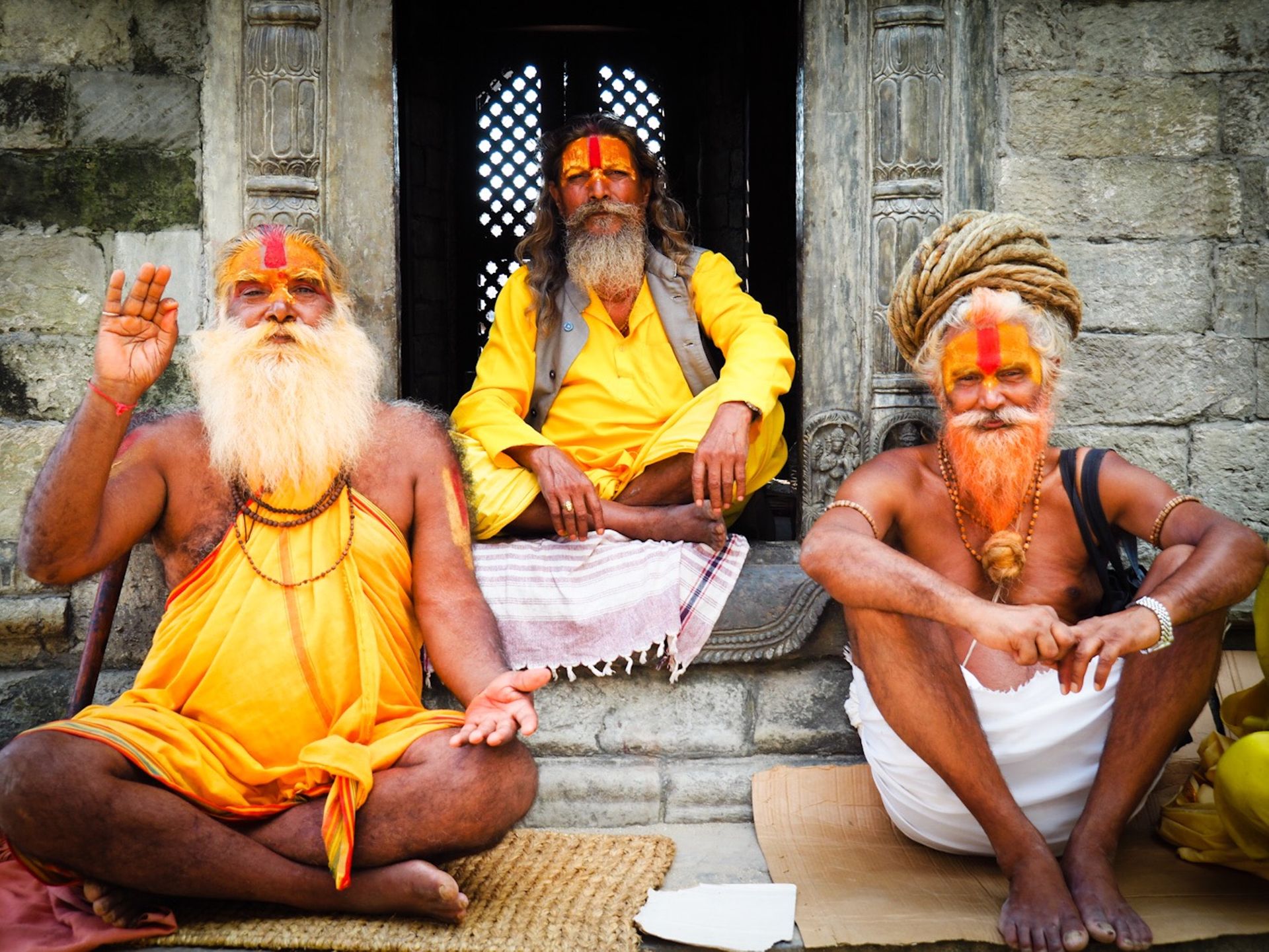
Sadhus are holy ascetic men who often pile their hair up into a mountain on their heads, following the example of Shiva. They smoke ganja and hashish, as it is said Shiva did, to deepen their meditations. They happily pose for photos and then ask for a donation, as they depend on the charity of others for their livelihood.
The entrance to the extensive grounds costs 1000 rupees. It's definitely worth taking a long walk here, as the atmosphere is truly special and there are so many temples to see. Unfortunately, I don't come across the predicted flurry of activity, probably because it's simply too hot in the midday heat. Very disappointing! The Pashupatinath Mandir is Nepal's most important sanctuary and pilgrimage site, not only for Shiva devotees, but for all Hindus. The temple itself is not accessible to non-Hindus, so I can't say anything about its main shrine inside, the enormous Shiva Lingam rising from a yoni, which represents fertility.

From the higher ground on the other bank, I have a good view not only of the temple, but also of Arya Ghat (Adligen's bank) and Surya Ghat (Sun's bank).
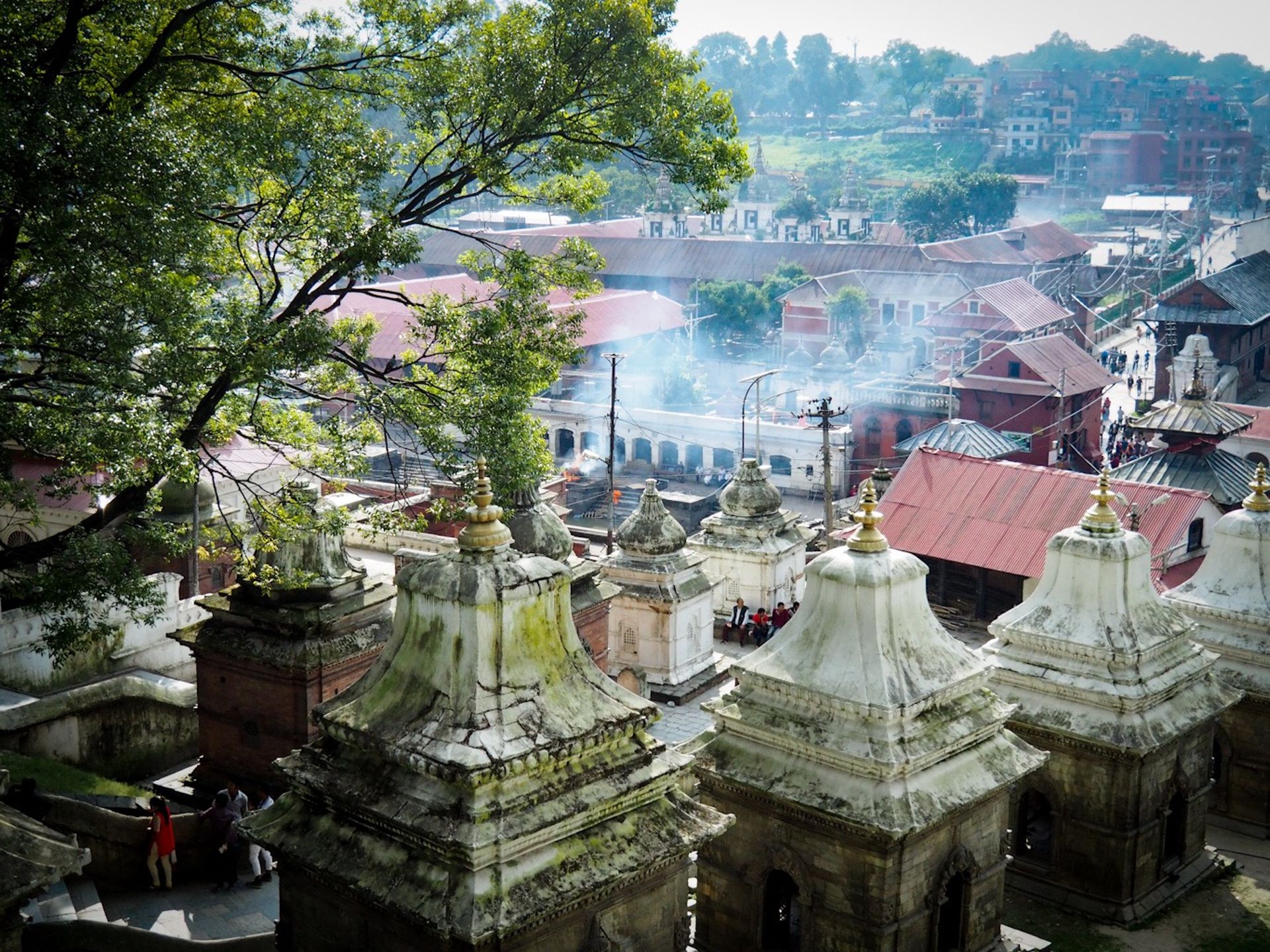
On special platforms, the deceased faithful are cremated here. As this place is considered a holy transition, all Hindus aspire to be cremated here, but not everyone can afford it. A cremation here is expensive. I sit on a ledge and watch the ritual for half an hour. The deceased person's family carries the body wrapped in orange cloths and adorned with orange flower garlands on a wooden frame and places it on a prepared wooden pyre. The cloths and garlands are removed. I see white shrouds, bare feet sticking out. Phew, there's a real person lying there! It feels strange. Palm fronds are soaked in the Bagmati water, and a priest circles the wooden pyre several times, chanting prayers before igniting it at various points at the bottom. Very skillfully, very experienced. Everything burns within a short time. Thick smoke develops. Comparing it to Varanasi, India, it's relatively clean, organized, and structured here. I don't see any dead cows floating in the river, nor do I see body parts, women washing clothes, and devotees ritually washing themselves in the holy water all at once. The smell of death and decay is also not as strong here, although the smell of burning human bodies is far from pleasant. Photography is allowed from this great distance. I take a single photo of another cremation platform and then move on. On the other side of the bank, I am invited to come closer and join in. But I find that too private and decline the invitation.

An entire street is filled with colorful shops selling accessories for the faithful. The girls point to my orange T-shirt and non-verbally ask if I am a Hindu, trying to sell me a lot of things. I laugh and decline. It's just a color preference.
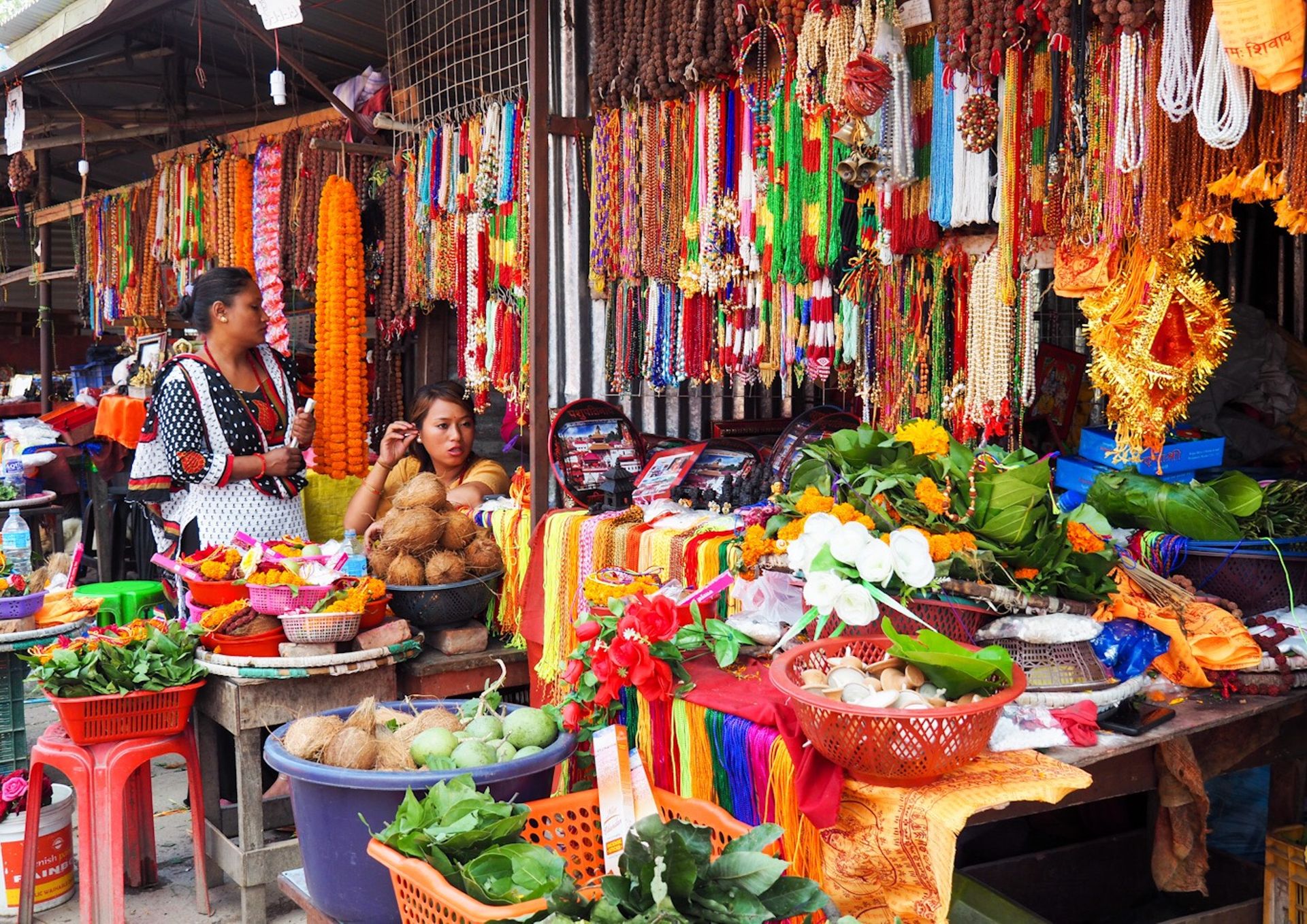

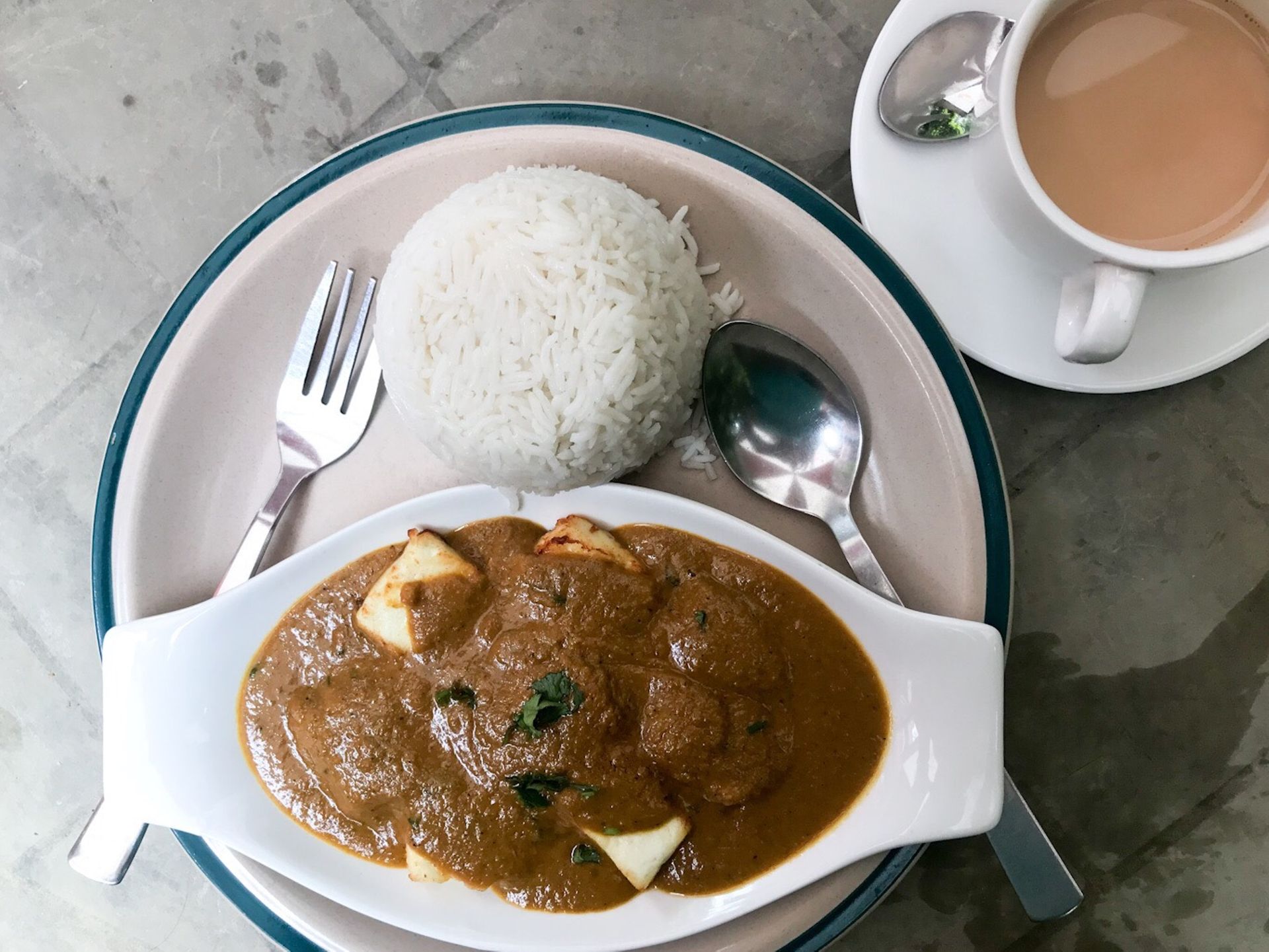
Გამოიწერეთ Newsletter
Უპასუხე
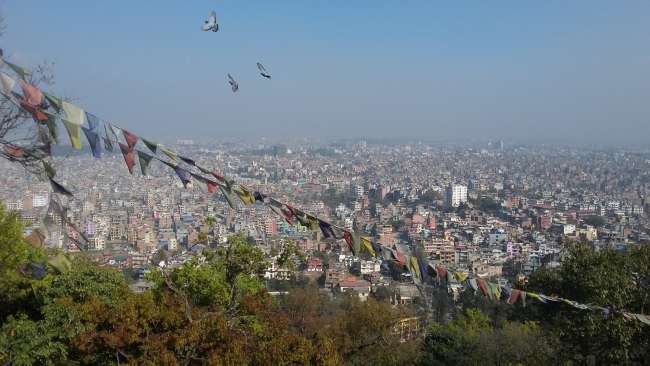
Მოგზაურობის ანგარიშები Ნეპალი
